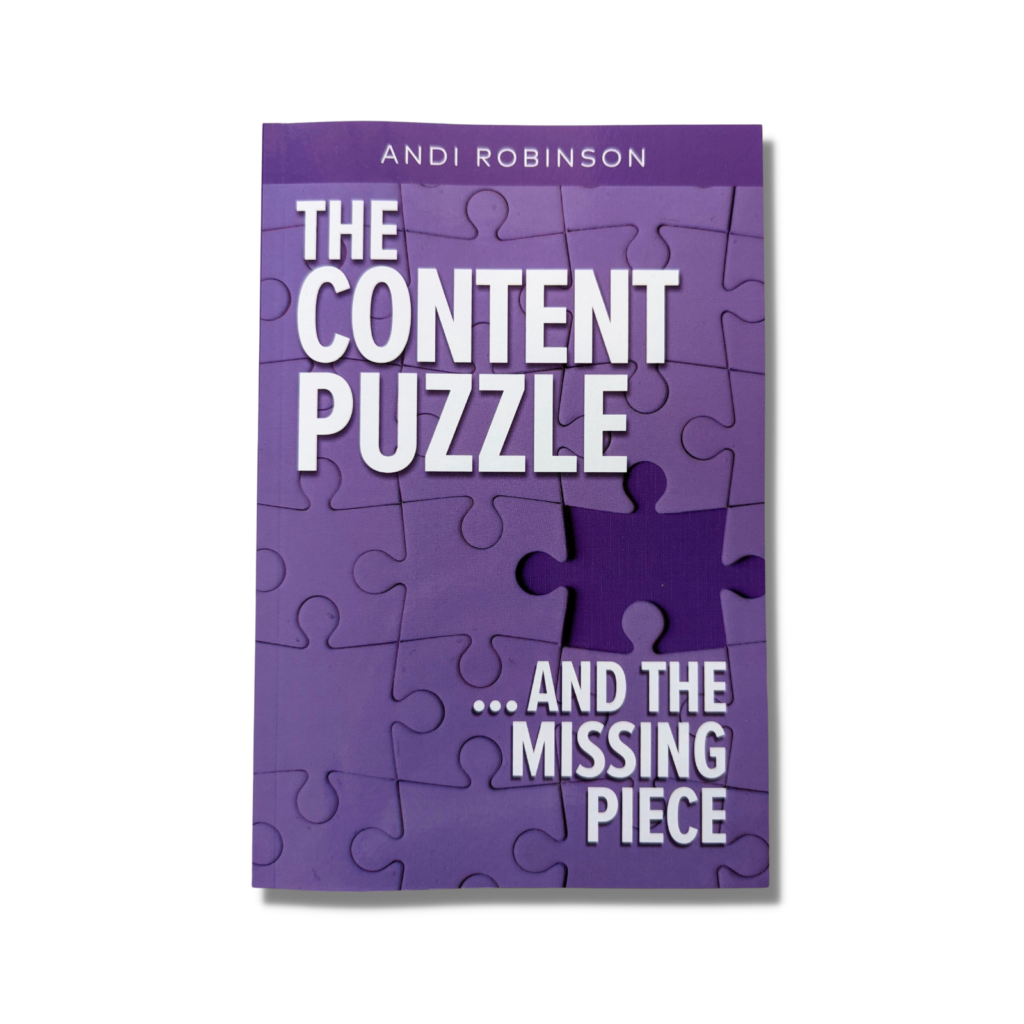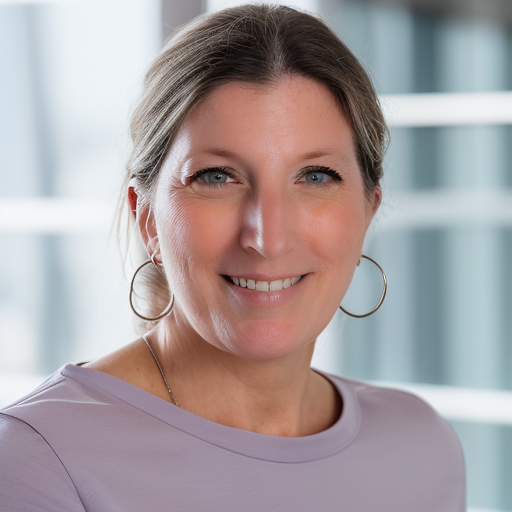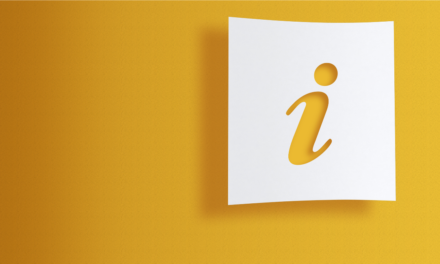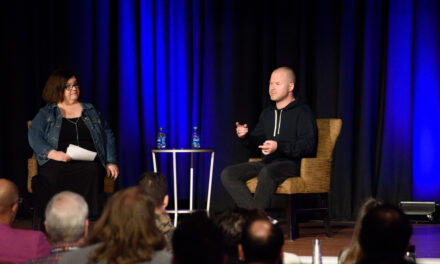Andi Robinson embarked on the author adventure writing a business book because it was on her bucket list for a long time.
“I even have a Pinterest board with links to sites related to book writing,” she says. Her first attempt came about 10 years ago. It was a novel that got put aside when life got in the way.
Her second attempt was a nonfiction business book. She wanted to position herself as a thought leader in the content industry. So, in the middle of 2021, she sat down and started writing. In fall 2022, The Content Puzzle … And The Missing Piece debuted.

And, like many early-stage content entrepreneurs, Andi did it while holding down a traditional full-time job. We wanted to know that and more, so we asked her, and Andi generously shared the story behind her book.
Setting goals is helpful to content entrepreneurs. What goals did you have for this book project?
I just wanted to get it done. That would be an accomplishment. I had never written something that long and involved before, and I am not a writer by trade.
I did not write the book to make money. I wanted to add it to my list of things I had done in the content marketing space. And the book has accomplished that goal.
Often, the first time I talk to people, they ask about my book. It is a way for me to get introductions to people in the marketing space and to show that I have this area of expertise. Since this was my first time writing a book, I had no real expectations for how many I could sell or what other opportunities it might hasten.
As far as the process itself, I set word count goals each week. I would also set goals for other steps, such as when I needed to have graphics completed or get revisions back to my editor.
Walk us through your writing process.

Before I started writing, I thought about what I wanted the book to be about and how I could position it so that it wasn’t just another book in the sea of content marketing books.
I also talked to several people who had written books – not just business books but also fiction books. I asked people about their process for writing, publishing, and promoting their books.
Then, I developed an outline and how I wanted to structure the book. I wanted it to be two parts. The first part was more structured and included high-level elements of the strategy. The second part came from my fascination with the role of human psychology in marketing.
As I was writing, things changed and evolved. I would start writing something and find that I needed to adjust something elsewhere in the book. I started from the beginning. But there were times that I would bounce around because I had a good idea, or I would come up with something that I wanted to get down on paper, or I would need to go back to something I wrote.
I used the voice recorder app on my phone when I had ideas at random times of the day or night.
I also used Notion to organize everything for the book. I had a mood board, a calendar, a promotion plan, saved links, a budget, interviews with other authors, and random notes. Everything I needed for the book was in one Notion notebook.
How did you carve out the time to work on the book?
I pulled a technique that I used in graduate school. My kids were little, and I was working full time. On Sunday afternoons, I would go to local restaurants to study. I spent many afternoons at McDonald’s with a large Diet Coke and a pack of warm cookies. Other times, I would go to Books and Brews, McAlister’s Deli, or other places. I liked to change locations.
My ideal concentration environment involves a bit of background noise and space so I can spread out and be comfortable. When I started writing my book, more small businesses opened in my area, so I tried to support them instead of the national chains. I would go to local coffee shops and sit and write for a couple of hours. Sometimes, I would write in the evenings, but primarily, I wrote on the weekends.
How long did it take to write the book? What about editing and design?
I started the writing process in April 2021 and finished the bulk of it by the end of that year – my personal deadline. It wasn’t a hard deadline. I wasn’t trying to get it published for a specific event or date. So that gave me a little bit more flexibility.
It took me several more months to go through several rounds of editing and proofreading. I had to get the book cover and the interior graphics made. So that took several months, and then I launched in September 2022.
While writing it, I also led content operations for a global company and worked long hours. Luckily, my kids are older, so I didn’t have to care for little ones. If I had been able to write full time, I would have been done with it sooner.
Did you have a budget for the project?
I did. I knew that there were parts that I would need to have professional help with. I hired an editor to do the editing and proofreading. I am not a graphic designer, so I hired someone to help with the interior graphics and another to do the book cover. I also paid the publisher to format it for print and digital versions.
So, you decided to self-publish.
There are so many options these days for people who want to publish. I talked to several people who had already published a book and asked them a host of questions before deciding to self-publish. I asked about what publishing houses they used and whether they self-published or just went through Amazon KDP. I chose to go through a third-party publisher that would distribute my book to different platforms.
How did you market the book?
I developed a marketing plan prior to launch. I started it as I was writing. Launching at Content Marketing World was one of my key tactics. I had copies of my book for sale at the event, signed copies for buyers, and posted about its availability on social media during the event. I also used my social channels – LinkedIn, Twitter, TikTok, Facebook, Instagram – to continue the promotion.
I created an unboxing video when I got my first shipment of the books. I created a video of myself reading an introduction to the book and posted that on my YouTube channel, and then I made graphics with quotes from throughout the book. I dribbled those graphics throughout several months to get people interested in the book.
I also created a landing page on my website for the book with links to the publisher’s website, Amazon, Barnes & Noble, etc.
I had a spreadsheet with all the links to easily create social content for the different channels. I also had a local magazine write an article about me and the book. I did the rounds on different podcasts. It was a multi-pronged approach.
What were the outcomes both for the book and for you?
Getting it done and published was my main goal, which was accomplished. I can proudly point to it and say, “I did this.” It also helped me show my expertise in content marketing and marketing psychology.
My world has changed a lot since the book was published. I am now a freelancer focusing on fractional chief content officer and content strategy work. I am also teaching at the Lacy School of Business at Butler University. In both of those new roles, having written and published The Content Puzzle helps lend authority to my expertise.
Will you publish again?
I am writing another book, but it is not a business book. I returned to my roots and continued working on the young adult novel I started 10 years ago.
This interview has been edited for clarity and length.
About the author
Ann regularly combines words and strategy for B2B, B2C, and nonprofits, continuing to live up to her high school nickname, Editor Ann. An IABC Communicator of the Year and founder of G Force Communication, Ann coaches and trains professionals in all things content. Connect with her on LinkedIn and Twitter.










